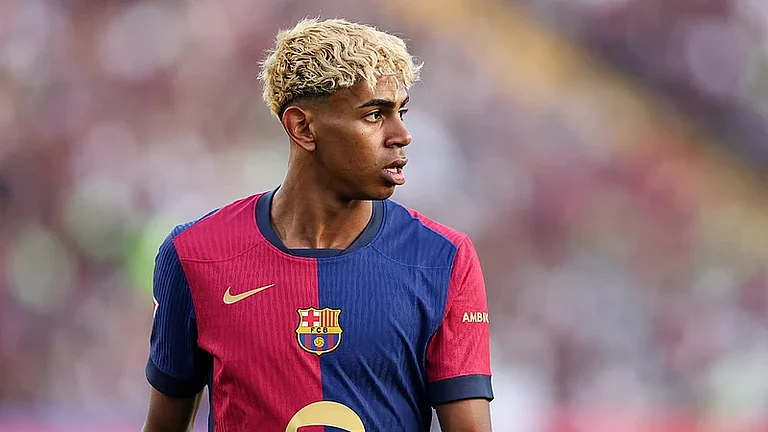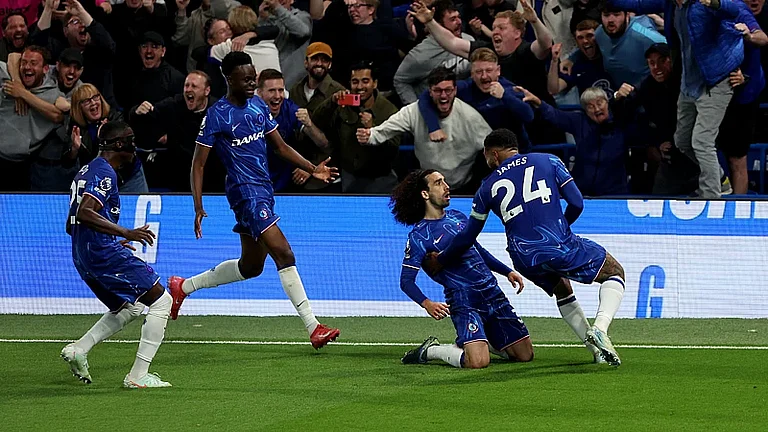Chhau dance was inscribed in 2010 on UNESCO's Representative List of the Intangible Cultural Heritage of Humanity. This traditional dance form from eastern India showcases stories from the epics including the Mahabharata and Ramayana, as well as local folklore and abstract themes.

Chhau dance has three forms - from Seraikella, Purulia and Mayurbhanj. They are mostly performed during regional festivals such as the Chaitra Parva.
The masks made for chau dances in Purulia are elaborate and very ecologially friendly. Mostly paper and clay is used - sheets of used, old, school books and notebooks are spread over the initial layer of clay and paper of the mask because of their perfect thickness. Read about it here.


The roots of chhau come from indigenous forms of dance and martial practices - which are reflected in the movements that mimic martial arts techniques, as well as gaits of birds and animals.

Men from local communities perform chhau, generally at night in open spaces. The accompanying music comes from reed pipes like mohuri and from a variety of drums.





















